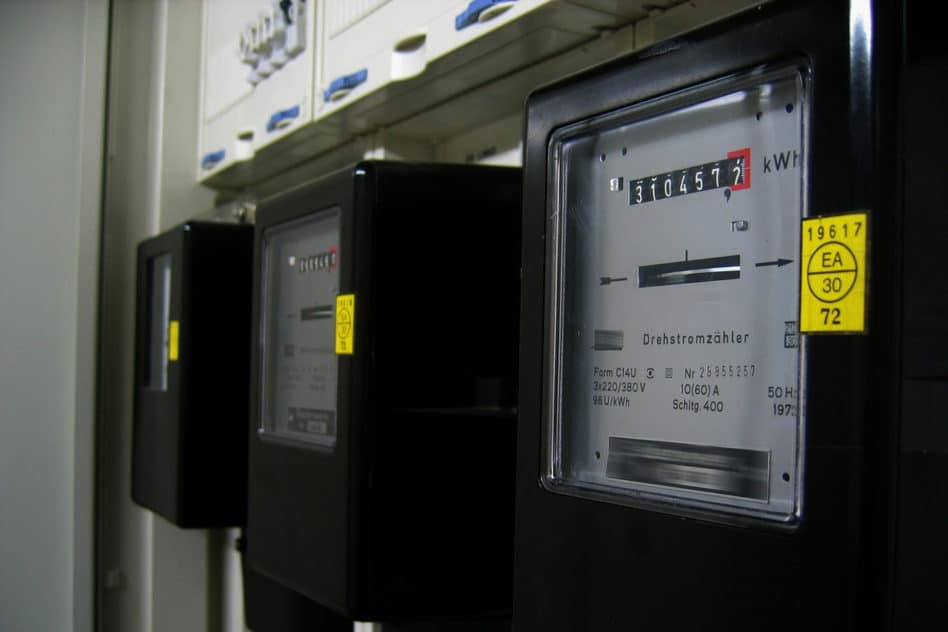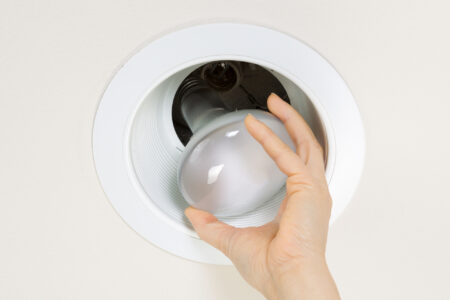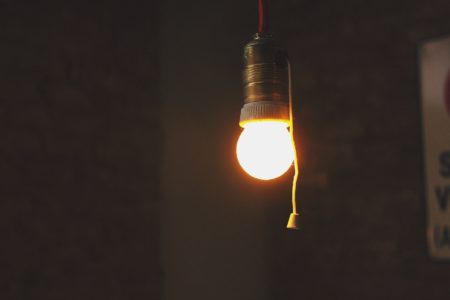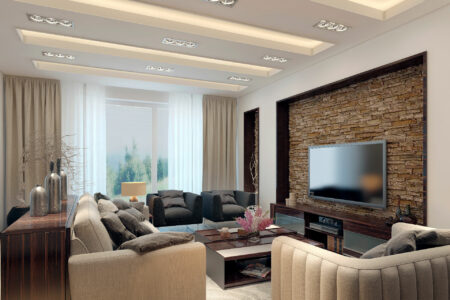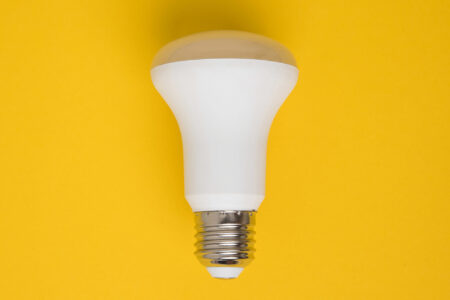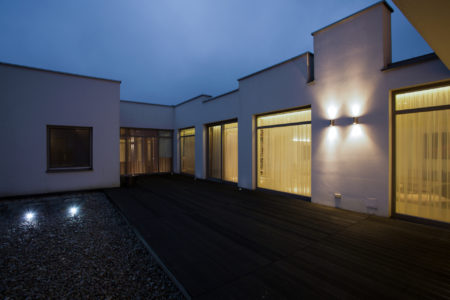LED lights are known to be very economical, but what is the real power consumption? Is it worth replacing old light sources with LEDs? In this article you will find out how much energy LED lamps really consume and how much electricity costs you can save with LED technology.
Power consumption of LED lights
In commercials for LED lights, great savings in power consumption are often promoted. In theory the energy consumption of LED luminaires and light bulbs is much lower than with conventional lamps. However, actual power consumption and savings depend on several factors.
- Brightness
- Efficiency
- No-name vs brand
Brightness
The brightness of LED lamps is no longer indicated in watts, but in lumens. However, the energy consumption still results from actual power draw in watts. If an LED bulb is specified as 5 watts, this is the power consumption when switched on. But the wattage says nothing about the power consumption. The real consumption is calculated by multiplying the power consumption with the real burn time of the lamp.
5 watts · 3 hours per day (90 hours per month) = 0.45 kWh
The power consumption of this 5 watts LED lamp is 0.45 kWh per month.
Efficiency
The efficiency of the lamp used in the example also has an indirect impact on energy consumption. On the market LED lamps with different efficiency levels are available. This means you can get LED lamps with 5 watt power consumption, which have a brightness of 300 lumens. And there are other 5 Watt LED lamps, which reach a brightness of 400 lumens.
This example shows the impact of efficiency on power consumption:
A 75 W halogen lamp has a brightness of about 1200 lumen and should be replaced by LED lamps. To maintain the brightness, four LED lamps of the 300 lumen version could be used. However, with the 400 lumen model, only three lamps would be needed. The difference between these two options ranges from 15 to 20 watts and has a direct impact on power draw.
No-name vs brand
With LED lamps and luminaires from brand manufacturers, you can generally rely on the given power consumption data. This makes it possible to calculate the power consumption after multiplication with the expected time the light will be switched on (burn time).
For many no-name LED lamps you often find fantasy values according to power usage in the product description. This information cannot be used to determine the real power consumption. If you want to use LED lamps from no-name manufacturers even with all their disadvantages, you can only determine the real power usage with an energy cost meter.
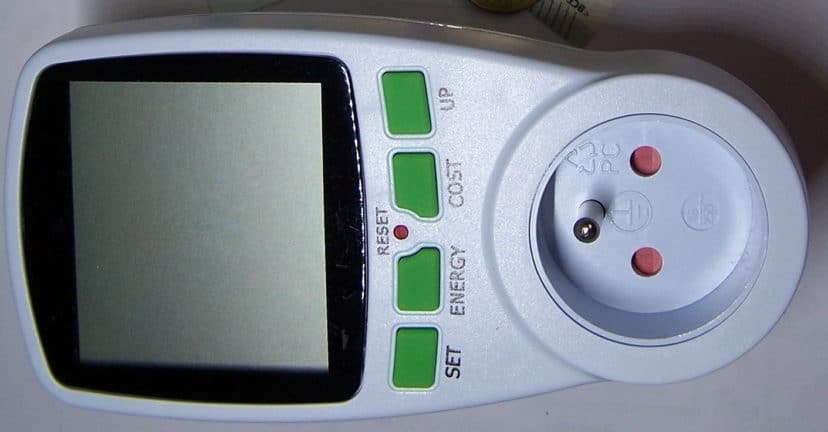
Calculation of LED electricity costs
The power consumption of LED lamps can be calculated easily. To do this, simply multiply the specified power consumption with the light duration. The light duration refers to the time when the lamp is switched on.
In order to determine this time as accurately as possible, you must estimate how long the selected lamp lights up on average every day. Especially for living room lighting, it is best to choose an average value of a summer and a winter day.
- Lamp: 30 watt LED ceiling light in living room
- Lighting time in the summer months: 3 hours per day
- Lighting time in the winter months: 6 hours per day
- Average burn time: 4.5 hours per day
- Power usage per year: 30 watts · 4.5 hours · 365 days = 49.275 kWh
- Electricity costs per year: 49 kWh · 0.15 $ = 7.35 $
Power consumption compared to old light sources
In the above example, the 30 W LED luminaire consumes 49 kWh of electricity per year. A luminaire of similar brightness with incandescent lamps would have a power draw of about 220 W. Equipped with halogen lamps it would still be about 180 W. According to the above calculation, the energy consumption is as follows:
- LED power consumption: 49 kWh → 7.35 $
- Halogen power consumption: 294 kWh → 44.1 $
- Incandescent lamp power consumption: 359 kWh → 53.85 $
The comparison shows the big difference in power consumption between conventional light sources and modern LED lighting. In the example, energy consumption with LED technology is only 14% compared to old incandescent lamps and 17% compared to halogen lamps.
Conclusion
Now you can determine the power consumption of LED lamps using the example calculations. You can multiply the consumption with price per kilowatt hour of your current electricity tariff. So your are able to estimate the approximate electricity costs per year and you will know how much you really could save when using LED lights.
